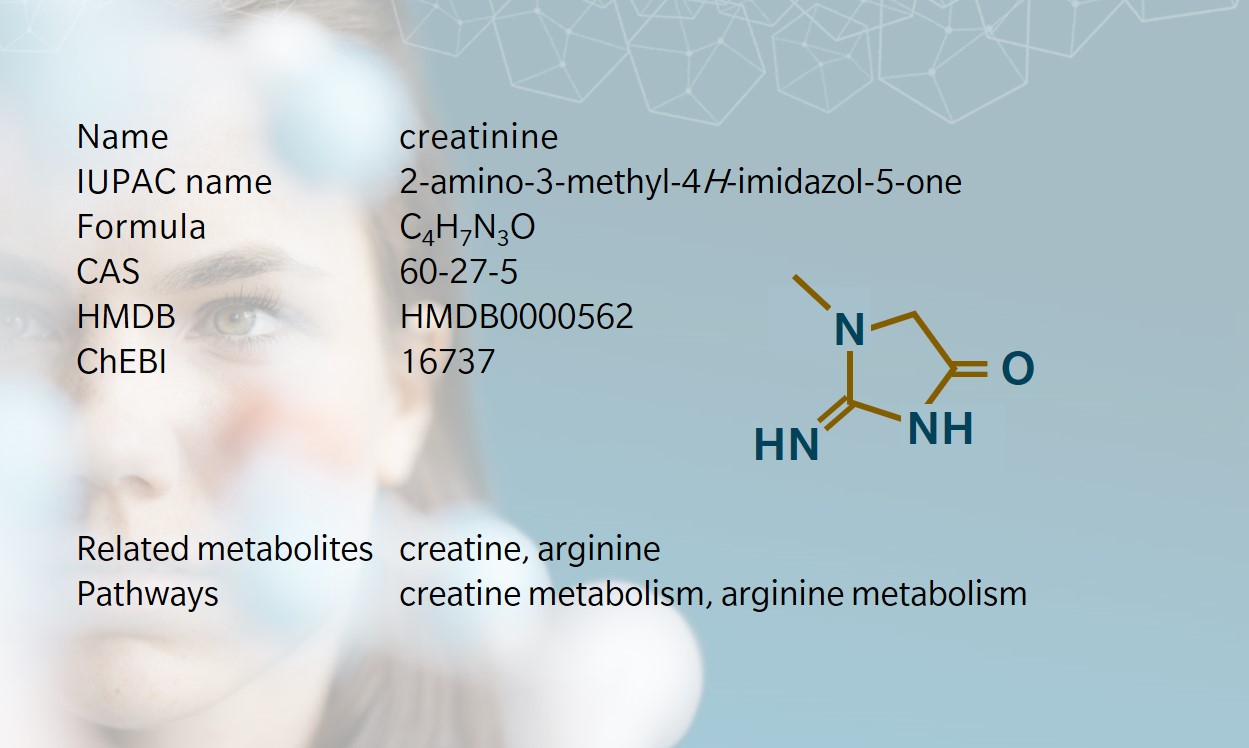Metabolomics 2021 Online
June 22-24th, 2021
Annual conference of the Metabolomics Society


Metabolomics 2021 Online
June 22-24th 2021
Annual conference of the Metabolomics Society
Highlights from Metabolomics 2021 Online
The biocrates team shares their key take-aways from the Metabolomics Society’s annual conference
Stefan Ledinger, Director Business Development
First up, Dr Boglarka Barna and colleagues from the University of Szeged and Medipredict Health (Hungary) added to previous publications on reference ranges for the metabolites covered by biocrates kits, showing the ranges obtained with the MxP® Quant 500 kit from 50 healthy individuals. Their findings show that many metabolites cluster within relatively narrow ranges, and they discuss the need for reference values for enabling clinical use of metabolic signatures. They also discuss how reference ranges may be partly age-dependent.
Due to the increased health risks associated with overweight and obesity, several research teams addressed the relationship between metabolite levels and BMI. At Metabolomics 2021, we heard from two research teams on this topic, who had both used the AbsoluteIDQ® p180 kit in sizable studies (6,872 and 1,391 samples in the CHRIS and SPHERE cohorts respectively). The papers by Frigerio et al. (University of Milan, Italy) and Veri Hernandes et al. (EURAC Bolzano, Italy) confirm previous studies and identify new metabolites associated with BMI.
What’s really useful though, is that the large cohort size of CHRIS enabled the researchers to add to our understanding of metabolic fluctuations by sex and age. Interestingly, the vast majority of metabolites have been found to increase with age, while only 16 out of 148 evaluated metabolites stayed stable or decreased with age. These contributions show that biocrates kits are the method of choice for large-scale cohort studies. More information about the association between BMI and metabolic profiles can be found at https://biocrates.com/defining-the-biochemistry-of-obesity/.
Another contribution that caught my attention was the collaboration between researchers from IEO Milan, the University of California San Diego, Arizona State University, and the International Agency for Research on Cancer, investigating the links between diabetes and cancer. There’s increasing recognition that diabetes increases the risk of several common cancers, and risk of recurrence after adjuvant treatment. Hence, anti-diabetic drugs such as Metformin are being discussed as potential co-medication or a preventive strategy. Bellerba at al. looked at the effects of metformin in breast cancer survivors without signs of residual disease, shedding light on the molecular pathways that make Metformin a potential approach for treating and preventing breast cancer.
Interestingly, a predictive signature for the recurrence of cancer has recently been published by a Viennese group: Jonas et al. show that several phosphatidylcholines and lyso-phosphatidylcholines predict recurrence of colorectal cancer liver metastases (DOI:https://doi.org/10.1016/j.hpb.2021.06.415).
Metabolomics 2021 also featured some amazing research in animal models. Two examples from Helmholtz Zentrum München, Germany, looked at metabolic profiles in mice. While Pann et al. showed that metabolite profiles are in flux early in life, which must be considered carefully in project design, Huang et al. is a prime example of reverse translation. They investigated the organs that contribute to the metabolic signature of chronic kidney disease (CKD), as previously identified in the epidemiological cohort study KORA. Their findings show that the signature of CKD is based on a cross-talk between adipose tissue, lungs, liver, and adrenal glands, reminding us that chronic diseases are multi-factorial, affecting the whole organism.
Gordian Adam, Project Lead Biochemistry Research
Interesting science:
Prof. Peter Meikle, Head of Metabolomics Laboratory at Baker Heart and Diabetes Institute, talked about what the lipidomics profile can tell us about obesity and donor health. His group identified a lipid metabolite signature, from which to calculate biological BMI and biological age. This makes it possible to say whether a donor’s biological age is higher or lower than their real age, just like a telomer length calculation from DNA sequencing. The result was also directly linked to cardiovascular risk.
Important innovations:
Theodore Alexandrov from the European Molecular Biology Laboratory (EMBL) talked about spatial single cell metabolomics. His metabolomic analysis of single hepatocytes revealed certain lipids were elevated in cells from patients with liver disease. The same results were obtained using classic metabolomics with liver tissue samples, proving that the metabolomics from single cells delivers accurate results despite the small sample volume.
René Welte, Head of Quality Controll
Interesting science:
Mariana da Silva illustrated the metabolite profile of the coffee production chain. Forty-two coffee by-products were assessed in order to investigate their potential toxic and non-toxic effect. They found out that caffeine, tannins, and polyphenols could exhibit toxic effects in biological systems and, therefore, should not be disposed in the natural environment. These surprising results should be investigated in more detail.
Important innovations:
Ya-Chun Chan identified a set of metabolites in urine to diagnose early colon cancer. Hippuric acid, diacetylspermine and creatinine were identified as good candidates for the development of an impedance-based metabolite biosensor. This biosensor consists of a sensor chip with interdigitated electrodes, which are linked with antibodies to detect metabolites. The free metabolites in urine have a higher binding affinity to antibodies in comparison to the nanoparticle-metabolite conjugates. A shift in the impedance signal can help quantify the metabolites and indicate the presence of colon cancer. This interesting approach should be pursued, as colon cancer is one of the leading cancer types in woman and men and an early diagnosis would facilitate the treatment and improve the outcome.
biocrates metabolomics technology
The most comprehensive kit to study mechanisms of disease, nutrition, and the microbiome
Metabolomics quiz
What do you know about metabolite biosynthesis? Is your favorite metabolite made by the host? – microbiome? – or both?
Talk on functional microbiomics
Our CTO Dr. Therese Koal speaks about Trends and technology in metabolomics-based microbiomics
More resources
biocrates offers a range of targeted metabolomics kits to make metabolomics accessible to researchers and scientists world-wide. Here you find some of the latest developments and resources
biocrates MxP® Quant 500 kit available for Agilent 6495C TQ | MS systems
Adapting our kits to more instrument platforms is a challenge due to the rigorous reproducibility and standardization requirements. We are happy, that in collaboration with Agilent, the biocrates targeted profiling kit MxP Quant 500 is now accessible with the Agilent 6495C TQ | MS system. If you want to find out more, please download the Application note.
To find out more about Agilent mass spectrometry systems, please visit https://explore.agilent.com/metabolomics2021
Metabolite of the month
We love metabolites. A lot of physiological (dys-)functions can be read from metabolic signatures and the presence or absence of metabolites in different tissues or body fluids. To dedicate attention to functions of single metabolites and thier role in physiology, we created a blog to celebrate the scientists studying the function of metabolites.
If you plan to participate in the Metabolomics quiz, you might find a few interesting insights helping you to increase your score.
Metabolomics in large-scale studies
There is a growing trend to collect more samples and compare growing datasets in order to gain exponentially more insights from metabolomics studies. biocrates decentralized approach offering longitudinal reproducibility and comparability of data is a perfect fit to face this challenge. Read more about the standardization of the platform and the possibilities to increase your sample throughput in our whitepaper on “FAIR compliant metabolomics profiling of population-based studies“.
If you want to watch the recording of our Virtual event in February on “Pan-cohort metabolomics – The future of population health”, the youtube playlist is here.
Download Whitepaper – FAIR compliant metabolomics profiling of population-based studies
Stay in touch
In our newsletter we deliver information on metabolomics events, new products, webinars, our blog and selected peer-reviewed publications.
For research use only | not for use in diagnostic procedures.


